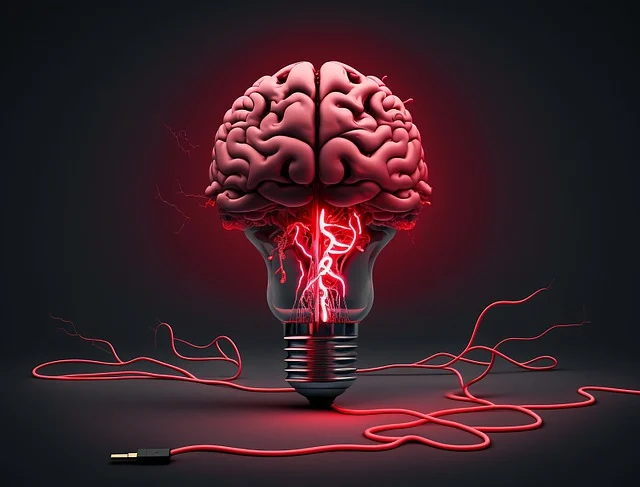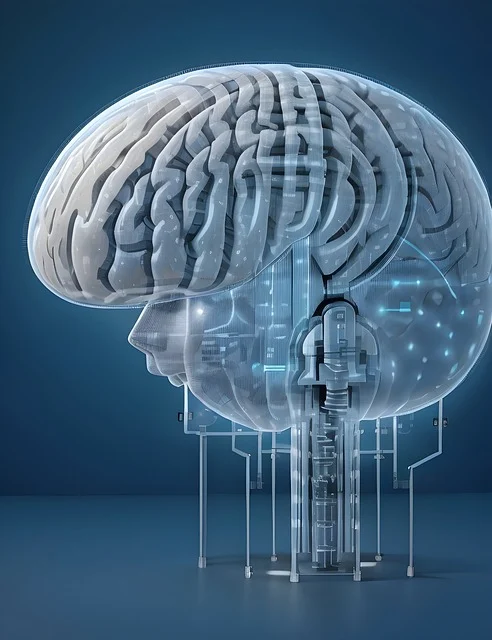Brain-computer interfaces (BCI) are technologies that enable the human brain and computers to interact directly.
These interfaces can transmit the brain’s thoughts and actions to computers or transmit information from computers to the brain.
In this article, we will examine in detail brain-computer interfaces, which are a game-changing technology with many different applications.
One of the most important potential applications of brain-computer interfaces is to enable us to better understand the functioning of the human brain. Brain-computer interfaces; It can be used to observe and measure basic functions of the brain such as thought, memory, learning and movement.
The experiment of Remington Mallett from the University of Missouri-St Louis reveals that people who have lucid dreams can control a computer. In this experiment, Mallett, who controlled eye movements while dreaming consciously, managed to move the block on the computer screen by giving an eye signal.
[1] The results from this experiment may help deepen the understanding of how the brain works and help develop new treatments.
Brain-computer interfaces also have the potential to provide new and more effective aids for people with disabilities.
For example, paralyzed people can control computers or other devices and move around using brain-computer interfaces.
This can increase their independence and quality of life. For example; The brain-computer interfaces described in the journal Nature by researchers at Brown University, Massachusetts Hospital, Harvard Medical School, and the German Aerospace Center are considered one of the advances in restorative neurotechnology and assistive robotics.
Their research, which involved a woman who controlled a robotic arm by putting coffee to her mouth and thinking about moving her arm and hand to drink it, approximately 15 years after being paralyzed and unable to speak, proves this progress. [2]
Brain-computer interfaces could also open new possibilities in fields as diverse as entertainment, education, and business. For example; brain-computer interfaces could allow users to play computer games or have virtual reality experiences using their thoughts.
Types of brain-computer interfaces

Brain-computer interfaces are divided into two according to which brain signals they use:
-Electroencephalography (EEG): Measures electrical signals coming from the brain. EEG-based brain-computer interfaces are one of the most widely used types of BCI.
EEG measures electrical signals coming from the surface of the brain. These signals; It reflects the brain’s functions such as thought, memory and movement. EEG-based brain-computer interfaces are widely used to develop aids for paralyzed people.
-Magnetic resonance imaging (MRI): Images the structure and functioning of the brain. MRI-based brain-computer interfaces are used to image the structure and functioning of the brain.
MRI creates images using magnetic fields of the brain. These images can show activity in different parts of the brain and provide detailed information about how the brain works. MRI-based brain-computer interfaces are used to help us better understand the functioning of the brain.
The future of brain-computer interfaces

Although brain-computer interfaces are a new technology still in the development phase, they are expected to play a very important role in the future.
Brain-computer interfaces can help us better understand the functioning of the human brain, assist people with disabilities, and develop new and more effective technologies.
Here are some possibilities for the future of brain-computer interfaces:
-It can provide more natural and efficient computer interactions by allowing users to control computers with their thoughts. Thus, users; They can spend less effort on typing, gaming, and other tasks.
-Can be used to develop new treatments for mental illnesses. For example, it can be used to help people who feel depressed change their thinking.
-Can be used to develop new and more effective entertainment and educational technologies. For example, it could allow users to play computer games or have virtual reality experiences using their thoughts.